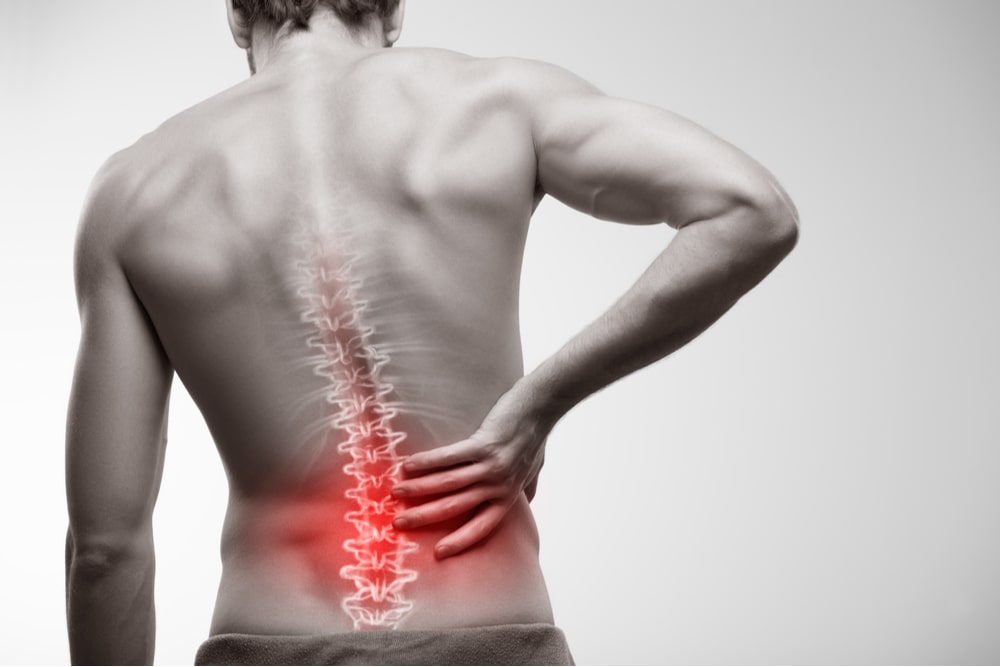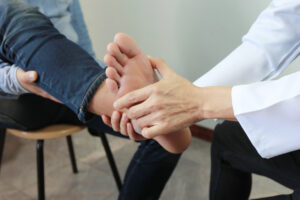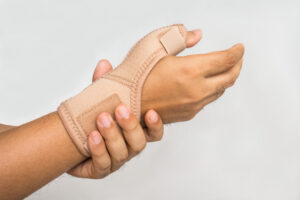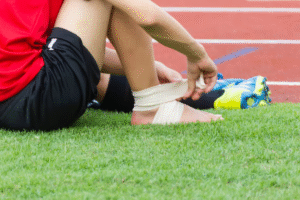When people hear the term “slipped disc,” they often picture discomfort in the lower back. While it’s true that discs commonly shift out of place in the lumbar region, they can also cause problems in the neck, known as the cervical area. Understanding the differences between cervical and lumbar slipped discs—from the typical symptoms to common causes and possible treatment approaches—can help you make informed decisions about your care.
What Are Slipped Discs
The spine is made up of bones called vertebrae, separated by cushions (discs) that absorb shock and allow flexibility. These discs have a soft, gel-like centre and a tougher outer layer. When the centre pushes through a tear in the outer layer, it’s often called a “slipped” or herniated disc. The result can be irritation or pressure on nearby nerves, leading to discomfort or other sensations.
Although slipped discs can develop anywhere along the spine, they are frequently found in the cervical (neck) and lumbar (lower back) regions. Each location presents distinct signs, underlying causes, and treatment considerations.
Cervical Slipped Discs
Common Symptoms
- Neck Pain – A persistent ache or sharp sensation in the neck area, especially when turning the head.
- Radiating Discomfort – Pain, tingling, or numbness can travel along the shoulders, arms, and hands, sometimes making everyday activities challenging.
- Muscle Weakness – Weakness or reduced grip strength may occur if the herniated disc affects certain nerves.
Typical Causes
- Repetitive Motions – Daily activities that involve repeated neck movements or poor posture may place extra stress on cervical discs.
- Wear and Tear – Ageing can cause discs to lose hydration and flexibility, making them more susceptible to herniation.
- Sudden Injury – Accidents or sudden jolts (for example, whiplash during a road collision) can lead to a cervical slipped disc.
Lumbar Slipped Discs
Common Symptoms
- Lower Back Pain – This may feel like a sharp or burning sensation in the lower back area.
- Sciatica-Like Pain – When pressure is placed on the sciatic nerve, discomfort can radiate down the buttocks and legs.
- Reduced Mobility – Simple movements like bending, lifting, or twisting might become difficult or painful.
Typical Causes
- Physical Strain – Lifting heavy objects incorrectly or repetitive bending can strain the lumbar discs.
- Degenerative Changes – Just like in the neck, age-related wear can make lumbar discs prone to herniation.
- Sudden Trauma – Falls or direct injury to the lower back may result in a slipped disc.
Orthopaedic Treatment Options
1. Conservative Approaches
Before looking into invasive procedures, orthopaedic specialists often recommend non-surgical methods to manage slipped discs, whether cervical or lumbar. These might include:
- Physical Therapy – Guided exercises and stretches to relieve pressure on the affected nerves, improve posture, and strengthen supporting muscles.
- Pain Management – Medication or injections that help reduce inflammation, making it easier to participate in rehabilitation activities.
- Lifestyle Adjustments – Advice on better ergonomic setups at home or work, safe lifting techniques, and posture awareness to lessen strain on the spine.
2. Minimally Invasive Procedures
If conservative measures do not bring sufficient relief, options such as epidural injections or targeted nerve blocks may be suggested. These procedures involve injecting medication near the irritated nerve to reduce swelling and discomfort.
3. Surgical Intervention
Surgery could be an option when symptoms persist or significantly affect mobility and daily life. Advances in surgical techniques now allow some procedures to be performed through small incisions, leading to reduced recovery times compared to traditional methods. Common goals of surgery include removing the portion of disc pressing on the nerve or stabilising the spine.
Why Personalised Orthopaedic Care Matters
Each slipped disc case is shaped by a person’s general health, activity level, and specific spinal structure. This is why individualised care is so vital. By working closely with an orthopaedic clinic, you can access examinations, imaging, and treatment options that suit your particular situation. These tailored plans often combine different approaches, ensuring that your recovery strategy aligns with your daily routines and lifestyle aims.
Call MASH Today
Whether you’re experiencing neck pain or sciatica-like symptoms, understanding the differences between cervical and lumbar slipped discs can guide you in seeking the right treatment. Early intervention, combined with a plan that addresses your unique needs, is often a helpful way to manage discomfort and maintain quality of life.
If you would like support or advice regarding slipped discs, feel free to reach out to MASH Spine & Orthopaedics, led by Dr Mohd Mashfiqul Arafin Siddiqui. Our clinic offers individualised assessments and care designed around your situation and aims, helping you move forward with greater comfort and confidence.













